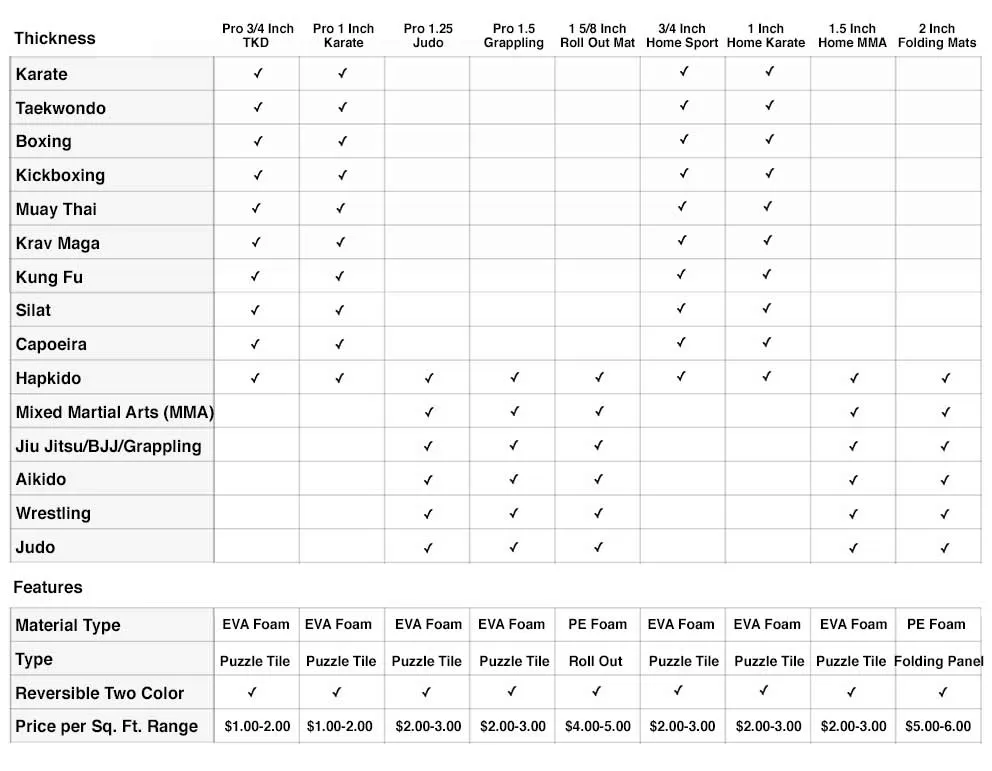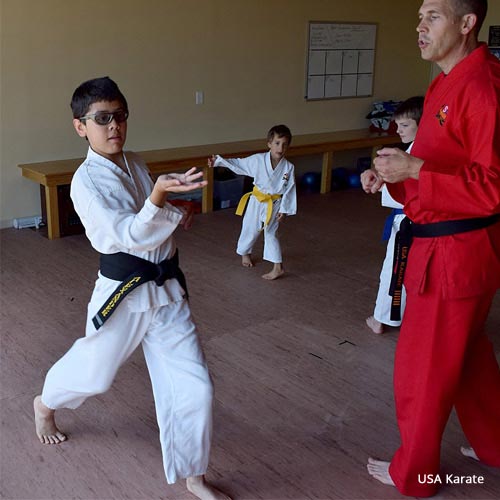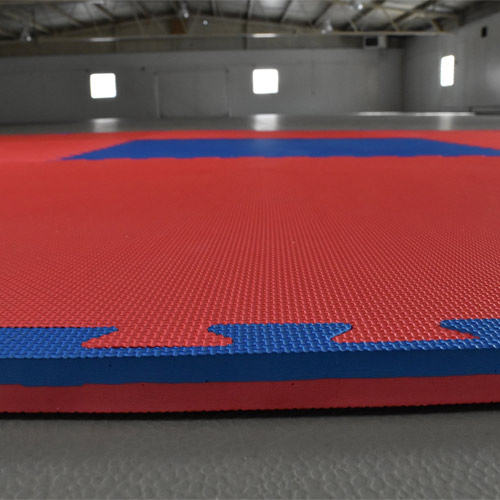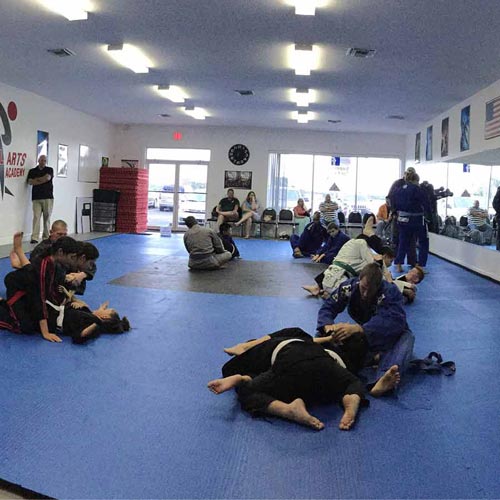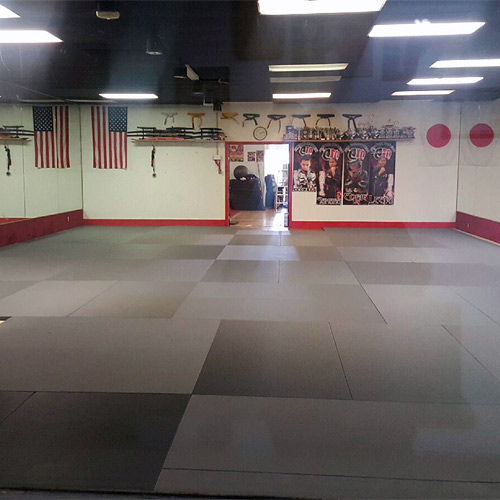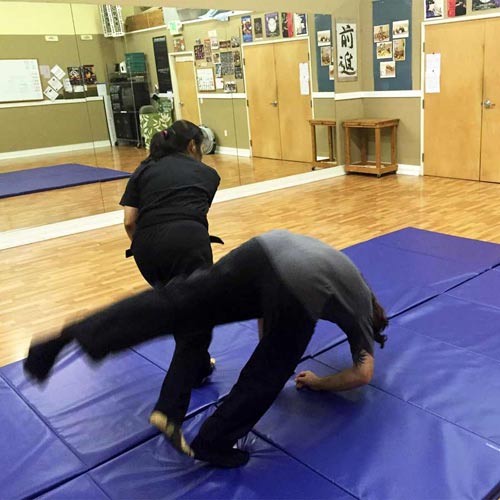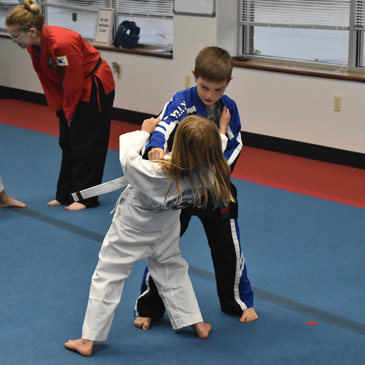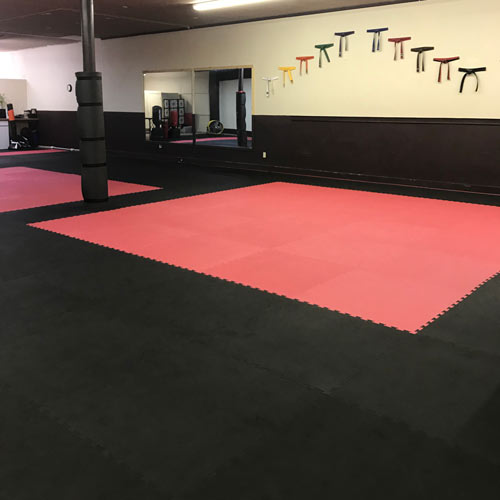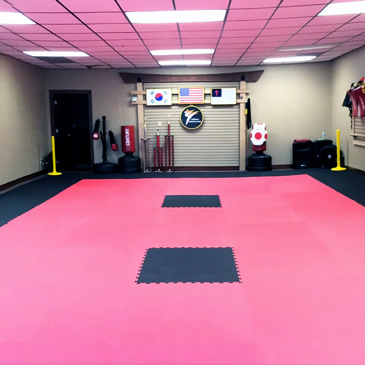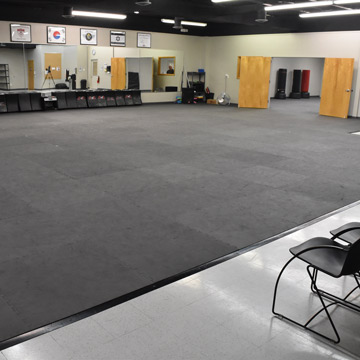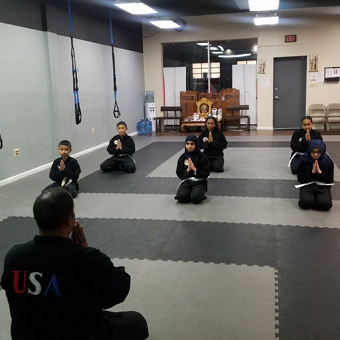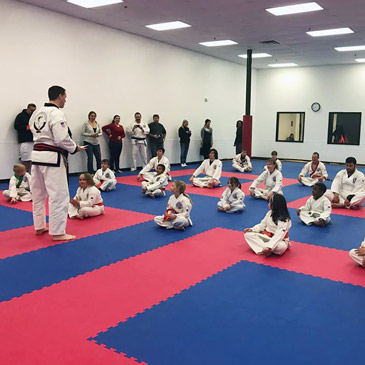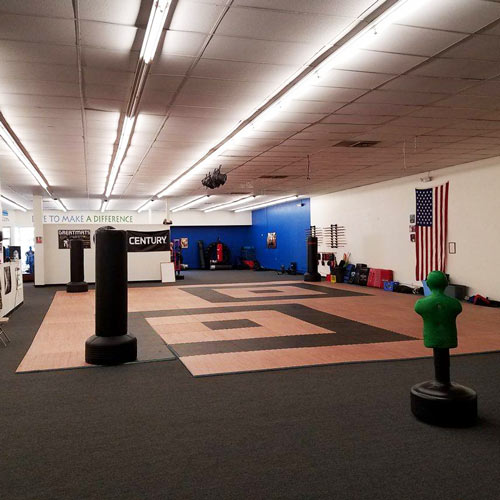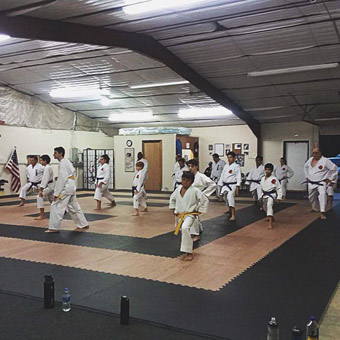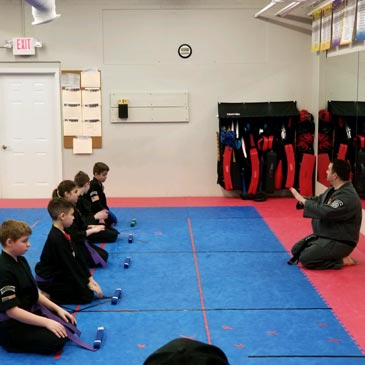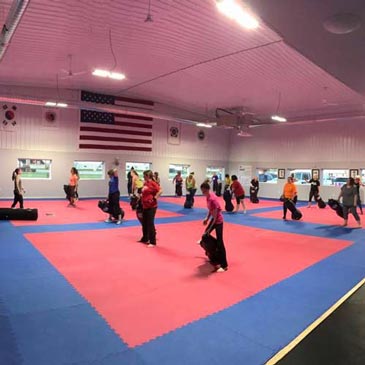Guide to Martial Arts Disciplines and Dojo Flooring
Related Product: Pro Taekwondo Martial Arts Mats 20 mm x 1x1 Meter
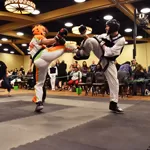 Here are a few quick answers to the questions: Where does your discipline originate? and Are you creating a dojo, dojang, gym or kwoon? While all of those terms may refer to a similar space, each has a different origin and possibly a different intent. Knowing the terminology is important. Not all martial arts are created equal as each has a different focus.
Here are a few quick answers to the questions: Where does your discipline originate? and Are you creating a dojo, dojang, gym or kwoon? While all of those terms may refer to a similar space, each has a different origin and possibly a different intent. Knowing the terminology is important. Not all martial arts are created equal as each has a different focus.
Here's a quick reference to some of the most popular forms of martial arts studios, their origin and some common disciplines performed in those spaces.
Common Names for Martial Arts Training Rooms
Dojo: training place for Japanese martial arts such as Karate, Judo, Aikido or Jiu-JitsuDojang: training space for Korean martial arts such as Taekwondo or Hapkido
Kwoon: training facility for Chinese martial arts (aka Kung Fu)
Gym: general term for an American training hall for martial arts such as Western Boxing or Wrestling
Top 15 Martial Arts in the United States
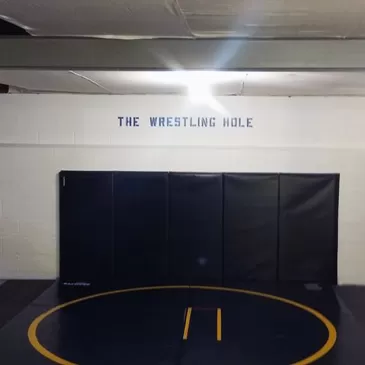
Wrestling:
Dating back to the Bronze Age (3300-1200 BC) in France, wrestling is the original form of martial art which involves throws, takedowns, grappling holds, clinch fighting and joint locks. The goal is to end the match by way of a pin. Wrestling mats generally require a minimum thickness of 1.25 inches and have a smooth surface.Recommended Product: Roll Out Mats 1.25 Inch per SF
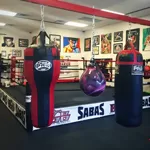
Boxing:
Born in the Iron Age (1200-550 BC) in Mesopotamia, boxing is a martial art in which all contact occurs using the upper body - almost entirely through the use of punches. The goal is to knock down or knock out the opponent. As a stand-up sport, boxing mats are generally thin and firm to allow for unimpeded footwork.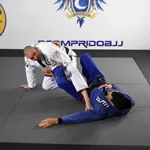
Jiu Jitsu:
A Japanese martial art of close combat that began during the Sengoku period (1467-1603) using no weapons or only a short weapon. Jiu Jitsu is known as a gentle martial art. Its strategy is to manipulate the opponent's force against himself/herself using grappling techniques joint locks, throws and pins. Jiu Jitsu dojo flooring tends to run in the 1.5-2 inch thickness range. This flooring is firm but it also has significant fall protection.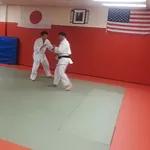
Judo:
A Japanese martial art with the objective of immobilizing or subduing an opponent with a pin or forced submission. Established in 1882, Judo uses throws, takedowns, joint locks and chokes. Hand and foot strikes and thrusts are involved, but not in competition. Judo is one of two olympic forms of martial arts. Judo dojo flooring often needs the most fall protection as throws are a critical component to the art.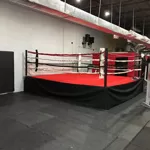
Muay Thai:
Originating in Thailand in the 16th century, Muay Thai, originally known as Siamese-Style boxing, uses stand-up striking along with clinching techniques using fists, elbows, knees and shins. Much like boxing, Muay Thai gyms often prefer, firm flooring.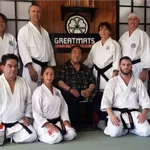
Karate:
Primarily a striking art using punches, kicks, knee and elbow strikes, Karate also utilizes open hand techniques such as palm-heel strikes, spear hands and knife hands. Karate is believed to have begun secretively in the late 1300s in Okinawa, Japan, under a fighting system know as te. Karate dojo flooring is generally around 1 inch thick and quite firm for quick footwork.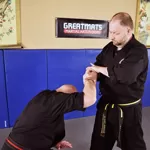
Hapkido:
Primarily used for self defense, Hapkido is a Korean martial art that utilizes numerous forms of attacking methods, including kicks, punches, weapons, joint locks, grappling and throws. Weapons can include various sticks, swords, knives and ropes. Hapkido is believed to have begun in the 1940s. Due to the potential for throws and hard falls, hapkido dojang flooring should offer more fall protection than boxing mats, but do not require the same amount as judo dojo mats.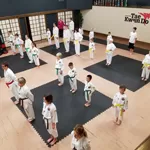
Taekwondo:
Also a Korean martial art, Taekwondo places heavy emphasis on kicks, but also includes hand strikes. Believed to have originated in the 1940s or 50s, it has also been known as Tae Soo Do. Like Karate, Taekwondo dojang flooring is typically 1 inch thick or slightly thinner to ensure quick footwork, including spinning is unimpeded. Slight cushion is preferred to accommodate occasional falls and reduce impact on joints during jumps.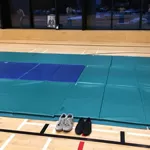
Aikido:
A Japanese martial art, beginning in the 1920s, Aikido is used for self defense that also avoids injury to the attacker. Its techniques redirect the momentum of the opponent's attack and finish with a throw or joint lock. Aikido dojo flooring would have similar needs to that of hapkido.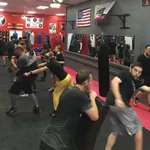
Krav Maga:
A martial art developed in Israel for self defense, Krav Maga is derived from street fighting skills and combined those from Aikido, Boxing, Judo and Wrestling in the 1930s and 40s to focus on counter attacks in real world situations. If confrontation cannot be avoided, the goal is to end a fight as quickly as possible by attacking the most vulnerable parts of the body. There are no rules in Krav Maga.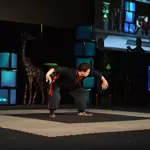
Kung Fu:
While the term Kung Fu refers any skill acquired through practice, it is commonly used as a general term for Chinese Martial Arts intended for self defense, hunting and military training using hand-to-hand combat and weapons. Legend has it, Chinese Martial arts began more than 4,000 years ago.Kickboxing:
This form of martial art comes in two styles, Japanese kickboxing (started in the 1960s) and American Kickboxing (started in the 1970s), but in general includes all stand-up combat sports that allow both punching and kicking. Kickboxing gyms often prefer flooring similar to that of taekwondo or karate - 5/8 to 1 inch thick, firm with some impact absorption qualities.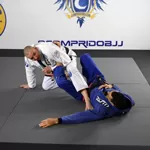
Brazilian Jiu-Jitsu (BJJ):
A martial art that focuses on grappling and ground fighting, BJJ's roots are in Kodokan Judo ground fighting. It emphasizes the use of leverage and ground fighting to even the playing field between unevenly sized opponents. Opponents are defeated by applying joint locks and choke holds. As a ground fighting art, the flooring needs here will are similar to Judo and Jiu Jitsu.Jeet Kune Do (JKD):
Founded by Bruce Lee in 1967, the premise behind his martial art is that it has no form or patterns, making it unpredictable and flexible. It is based on minimal moments with extreme speed, adjusting techniques for the given situation. JKD does use kicks, punches, traps and grappling techniques.Mixed Martial Arts (MMA):
MMA leagues began in the United States in 1980, but were originally known as Tough Guy Contests. They really gained popularity in 1993 with the founding of the Ultimate Fighting Championship (UFC). These leagues allow various martial arts styles with both striking and grappling techniques using both standing and ground attacks.Options for Proper Martial Arts Dojo Flooring
When considering dojo flooring for your training facility, material, and construction can make a big difference in comfort, safety, and ease of movement. Most martial arts flooring is made of impact-absorbing foam. Thickness, density, and surface texture are vital in selecting the proper flooring for your discipline.A high-density foam is needed for striking martial arts such as Taekwondo and Karate. If training with soft shoes or barefoot, a smooth, non-slip surface best allows for proper footwork. Hard or slippery dojo flooring can and will cause injury.
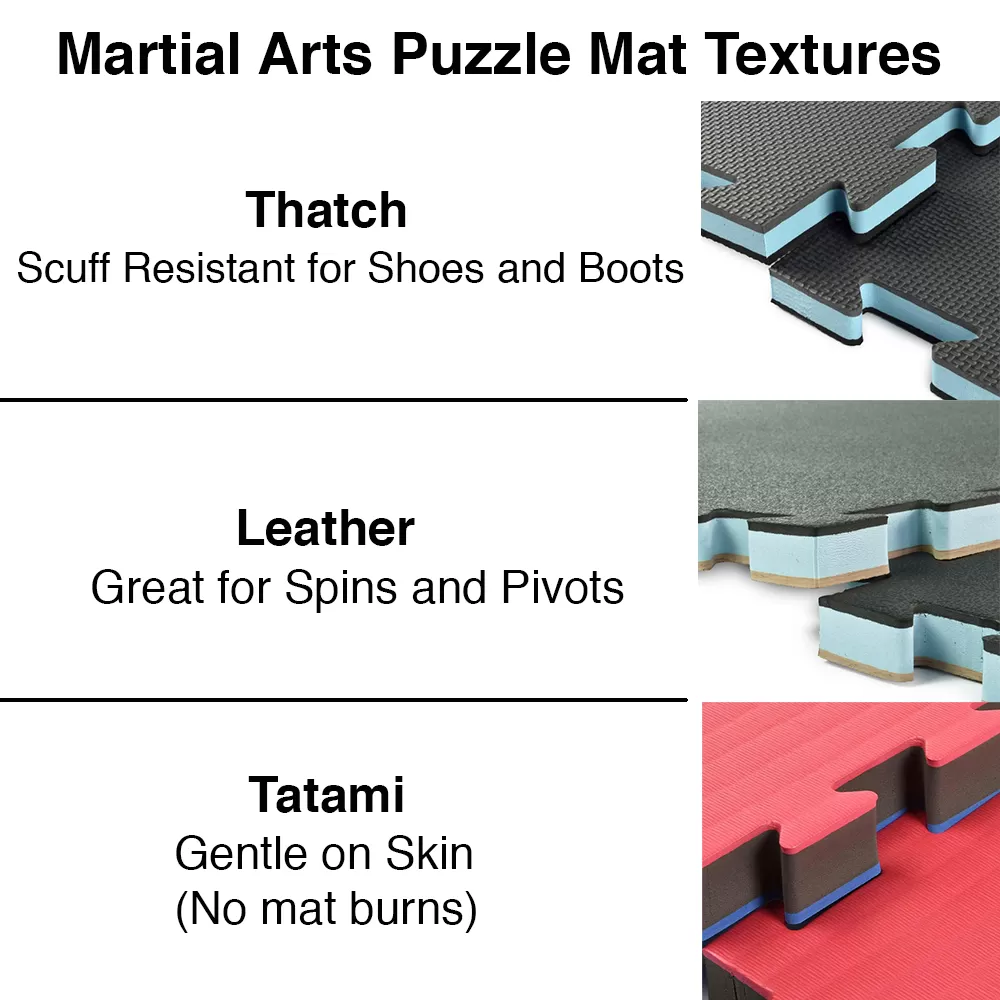
Martial Arts Karate Mat Premium 1 Inch x 1x1 Meter
 A 1 inch thickness of high density foam will provide the ideal cushion and support for striking martial arts. Thatch top textures can increase the versatility and add resistance to wear and tear from shoes and boots for combat or aerobic training, but are not as gentle on bare feet.
A 1 inch thickness of high density foam will provide the ideal cushion and support for striking martial arts. Thatch top textures can increase the versatility and add resistance to wear and tear from shoes and boots for combat or aerobic training, but are not as gentle on bare feet.
When the majority of your sport takes place on the ground, such as in grappling or Mixed Martial Arts, you will want a slightly softer, thicker and more durable material that has a fall height rating of at least 4 feet. The surface texture should also be one that does not cause rug burns.
Grappling MMA Mats 1-1/2 Inch x 1x1 Meter
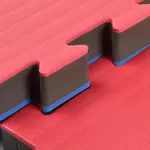 A 1 1/2 inch thick EVA foam mat with a no-burn tatami texture is ideal for these situations. It will provide excellent support for grappling, take downs and ground work without burning the skin.
A 1 1/2 inch thick EVA foam mat with a no-burn tatami texture is ideal for these situations. It will provide excellent support for grappling, take downs and ground work without burning the skin.
For high impact landings, you'll want a crash pad with a thickness of at least 2 inches.
Crash Mats
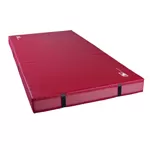 Crash pads are often available in thicknesses up to 12 inches with durable vinyl covers. The greater the impact, the thicker the mat you'll need. These are ideal for practicing rolls, falls and takedowns.
Crash pads are often available in thicknesses up to 12 inches with durable vinyl covers. The greater the impact, the thicker the mat you'll need. These are ideal for practicing rolls, falls and takedowns.
All martial arts dojo flooring should be non-absorbent, chemical resistant and easy to clean. Martial arts dojo flooring can come in many forms including, rolls, tiles or fold up mats. Generally speaking, rolls are the most inexpensive option, but can be the most cumbersome to install due to size and weight. Interlocking tiles provide the most versatility for both design and installation. They are great for permanent or temporary installations and do no call for tape or adhesives. Fold up mats are good for crash pads. You can also find large, vinyl-wrapped polyurethane core mats. These martial arts mats are the most heavy-duty option. They do not interlock or connect together but are heavy and feature a no-skid bottom surface to prevent shifting.
Below is a guide to the top 15 forms of martial arts today and quick answers to the question of what the primary style of techniques each include.
Which Martial Arts Mats Are Right For You
